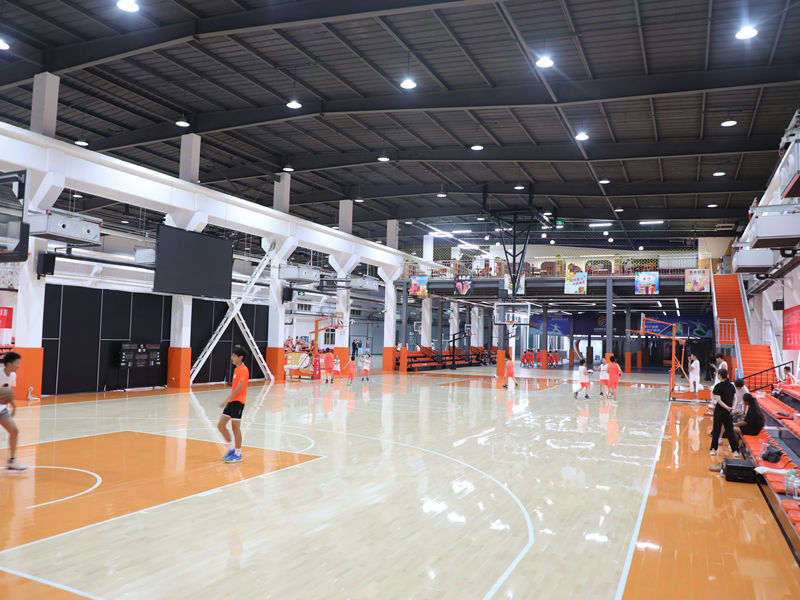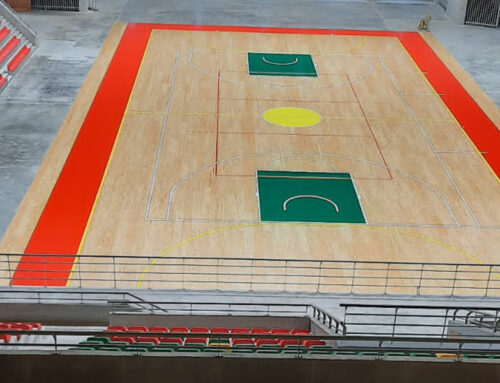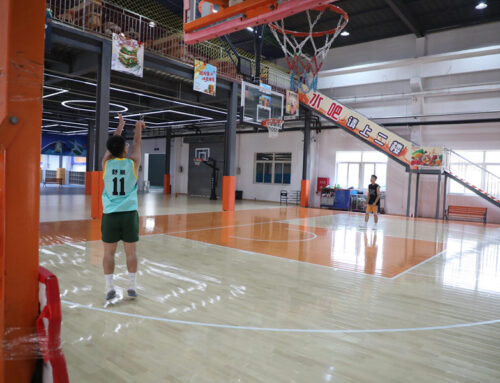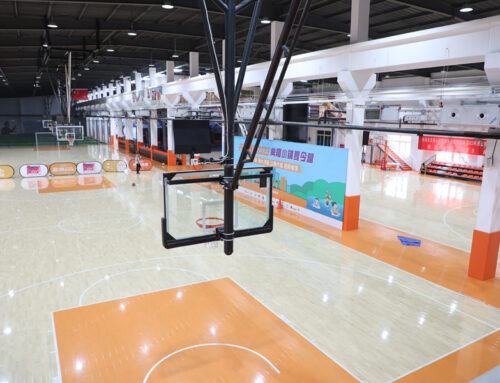Okay, so lemme tell you about this shock absorbing basketball floor project. Honestly, it sounded kinda stupid at first. We just had plain old plywood nailed down for our little outdoor half-court near my garage, right? Fine for a little shootaround, but try playing actual games? Forget it. Hard as rock, zero give. My knees started complaining louder than my neighbor complains about the noise.

So, I got thinking. Saw some fancy expensive sports floors online, way outta budget. Started googling how pros do it sometimes. Kept seeing “timber subfloor” and “shock pad” mentioned. That got the gears turning.
Here’s the basic idea I landed on: Build a raised timber frame underneath the main plywood layer. The gap lets the wood flex a little bit when you land, supposedly soaking up some shock. Needed shock absorbing plywood timber setup.
Step-by-step, here’s what I did:
- Cleared the Area: First thing, dragged all the junk off the existing plywood. Swept it clean. Again.
- Measured Twice (Cut Once? Yeah Right): Measured the full size of the plywood court area. Needed to know how much timber and new ply I needed.
- Grounded the Base: Laid down those plastic weed barrier things directly on the dirt under where the frame would sit. Trying to stop weeds and mud coming up.
- Built the Timber Frame: This was the main event. Used thick pressure-treated 2x4s. Chopped them to size for the perimeter and then laid out a whole criss-cross grid inside that perimeter. Basically like building a skeleton deck. Aimed for joists spaced about 12-16 inches apart. Leveled each piece like my sanity depended on it. Seriously, took forever getting everything sitting flat and solid. Bolted corners together tight.
- The Gap Layer: Here’s where the “absorbing” part starts. I tossed around ideas like foam sheets, but settled on something simpler and cheaper – those thick rubber anti-fatigue mats they sell for standing at workbenches? Yeah, those. Chopped them into squares big enough to drop onto the timber frame grid between the joists. Not thick, maybe 1/2 inch, but dense rubber. Just plopped them down so they covered the spaces.
- Big Plywood on Top: Had a helper lift the main plywood sheets into place. Used thick outdoor-grade plywood – that’s the “basketball plywood” bit. Screwed them down directly onto the timber frame over the rubber mats sitting in the gaps. Key was not screwing down super tight everywhere; let the ply have a little potential to “float” and press down onto the rubber.
The Headaches, Oh The Headaches:
- Leveling that frame? Nightmare. Took multiple evenings. Ground isn’t flat. Shims, shims, and more shims.
- Cutting all that timber. Lots of sawdust. Neighbors got a free dust shower.
- Busted a few boards messing up cuts.
- Getting the big ply sheets in place without breaking my back or them snapping? Yeah, needed muscle.
First Test: Honestly? Expected zero difference. Just felt like maybe wasted effort. But nah! Hopped around a bit. Did some hard jumps landing. Felt WAY different! Still firm for dribbling, no weird squishiness, but that brutal, bone-jarring smack when you land? Significantly less. It doesn’t feel like a pro court, but it doesn’t feel like jumping onto concrete anymore. Knees felt less rattled immediately. Played a little 1-on-1 with a friend. Feedback was good – “less punishing.”
So yeah, shock absorbing plywood timber setup isn’t magic, but it actually works! Takes effort, patience, and some careful building. But compared to the cost of pro solutions? Pennies. It absorbed my shock, and my wallet’s shock too.





